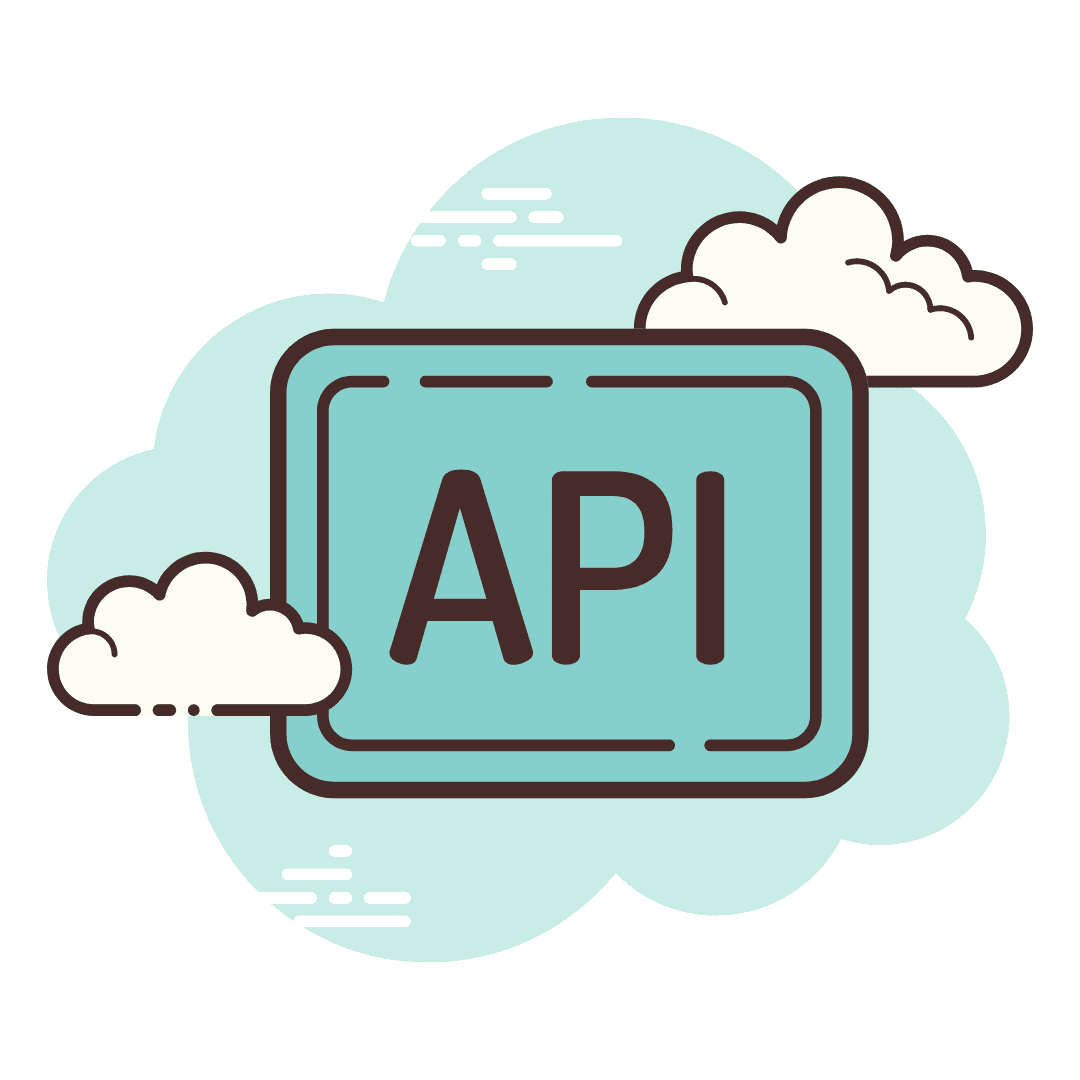by Paul Matthews, Chief Executive of CIO Studio
The pace of change in technologies is reaching head-spinning levels for business leaders trying to stay ahead of competitors.
The pace of change in technologies is reaching head-spinning levels for business leaders trying to stay ahead of competitors.
Technology should only ever be seen as a tool to help you achieve your business goals and answer your customers' needs. But good old FOMO (fear of missing out) continues to drive too many tech-related investment decisions and the current rush to AI is a prime example of that.
Every now and then, however, we do see technologies reaching a tipping point. What exactly does that mean? According to the London School of Economics, “tipping points exist when a set of conditions are reached that allow new technologies or practices to out-compete incumbents.
“After a tipping point is crossed, reinforcing feedback loops take hold that drive self-reinforcing progress, so that greater deployment of the solution encourages even faster deployment.”
Past tipping point technologies included mainframe computers, personal computers, the internet, smartphones, mobile phone apps and cloud computing. Those feedback loops worked to entrench these technologies and enable all sorts of uses and applications that weren’t possible before.
So, what are the big business tech tipping points leaders and boards need to know about today? Here are three that need to be on the business agenda.

1. Generative AI Technologies
Yes, there’s FOMO aplenty around generative AI, but it also represents the tipping point for AI in general. AI and ML (machine learning) technologies have long had the potential to revolutionise industries across the board, enabling automation, predictive analytics, and data-driven decision-making. Some business leaders understood that early and have been deploying AI to good effect for years.
But the debut of ChatGPT in November and rise of other large language models powering AI systems is what has pushed AI technology towards wider adoption at an accelerated rate. Now all organisations need to consider how they embed AI everywhere, from marketing and office productivity, to logistics and customer service.
This need not be a bewildering, expensive or ethically compromising process. The tools and platforms are increasingly easy to access on a subscription basis and many of the productivity-enhancing use cases don’t require expert knowledge.
Still, there is reputational risk attached to the rush to apply generative AI to sensitive data. These tools are error-prone and can produce biassed results. Generative AI will automate processes displacing some jobs. Business leaders need to proceed cautiously, think of their employees and customers and undertake limited-scale experiments with generative AI before taking the plunge with this emerging business tech.

2. Decentralised 'platforms'
The proliferation of AI services based on large language models is a good example of how decentralisation has reached a tipping point when it comes to artificial intelligence. While OpenAI, Google, Meta, Amazon, IBM and other large tech companies have the supercomputing power to develop large language models, they are offering access to them via cloud platforms and application programming interfaces (APIs).
It means that most businesses will start to develop powerful AI systems without having to run resource-intensive computing platforms themselves. In the background will sit an AI system sitting somewhere else in the world.
As McKinsey points out: “For the CIO or CTO, the focus will need to be on how to rework their architectures to easily incorporate APIs (such as those from OpenAI and Stability AI) and embed ‘intelligence’ into a wider swath of applications and processes”.
Decentralisation has more commonly been referenced in relation to blockchain and cryptocurrencies which rely on decentralised ledger technologies. There’s huge potential for the blockchain to improve processes in supply chain traceability, secure document management and decentralised financial applications. This movement is yet to reach a tipping point in most industries - the pull of centralisation is still great, particularly in industries like finance, government, and healthcare.
But decentralisation in a more general sense, enabled by cloud platforms and APIs, is becoming the way of connecting digital services and businesses need to adapt to take advantage of working this way.

3. Technologies for Communicating Everywhere
The extension of ultrafast broadband (UFB) to reach 85% of the population and the debut of satellite broadband services like Starlink have put high-speed data services in reach through all corners of New Zealand.
Fifth-generation wireless technology (5G) offers faster speeds, lower latency, and increased connectivity compared to its predecessors and is rolling out across the country. A funding injection from New Zealand’s three mobile operators in exchange for allocations of 3.5Ghz (gigahertz) will see 5G services push further into rural areas, too.
5G was touted as the technology capable of enabling innovations like autonomous vehicles, smart cities, and remote work. It hasn’t delivered on that promise yet. Instead, the tipping point that has arrived is ubiquitous voice and data communications wherever you are.
This has huge implications for organisations embracing remote work and for manufacturing, logistics, transport and agricultural businesses deploying IoT (Internet of Things) devices for real-time monitoring and data transfer.
2Degrees and satellite operator Lynk begin trials next week of satellite to mobile phone communications while One (formerly Vodafone) is preparing to launch similar services with Starlink. Apple last week debuted its Emergency SoS service for New Zealand iPhone 14 users.
We’ve reached the point in our mountainous country where communications are all but omnipresent, thanks to the deployment of these technologies.
Business Tech in New Zealand
Back in February, Auckland Business Chamber revealed their Big Tech Survey findings and unsurprisingly, implementing business tech and staying ahead of the changing technology curve was at the top of the priority list for most SMEs.
NZ businesses see the value and importance of digital tools - and they understand the change needs to happen this year. It’s key to releasing their full business potential. “69% expected to spend more in 2023” [on technology] and see that greater need rising over the next two years.
We've said it before, and we will say it again. Now is the time to invest in those tipping point technologies and plan ahead for a digital future.
Need help navigating the fast-changing world of technology? Our team of advisors can advise on how to harness tech and help achieve your business goals.

